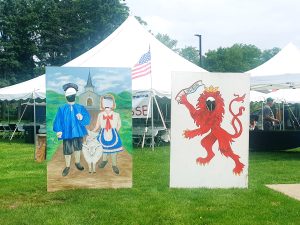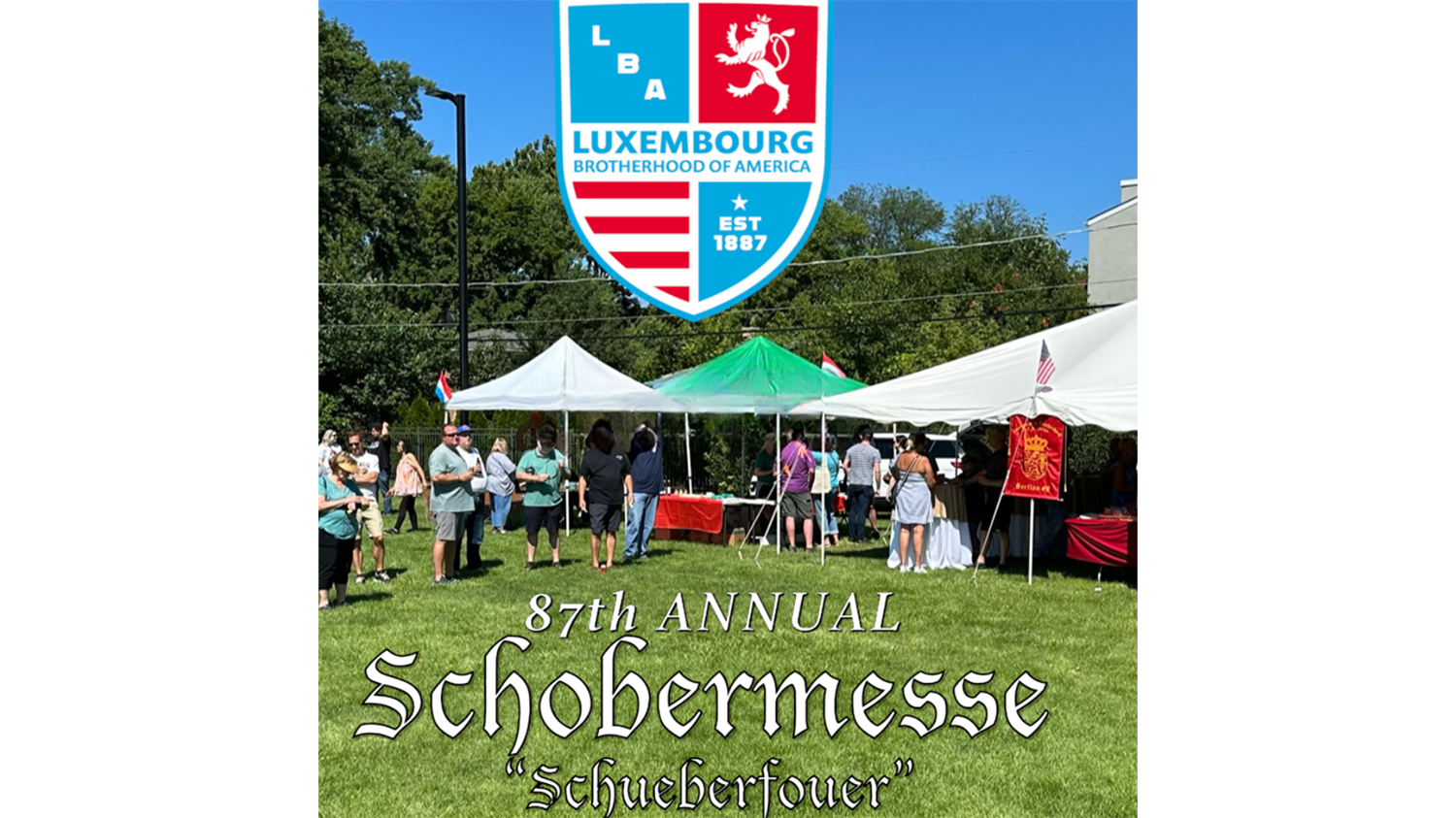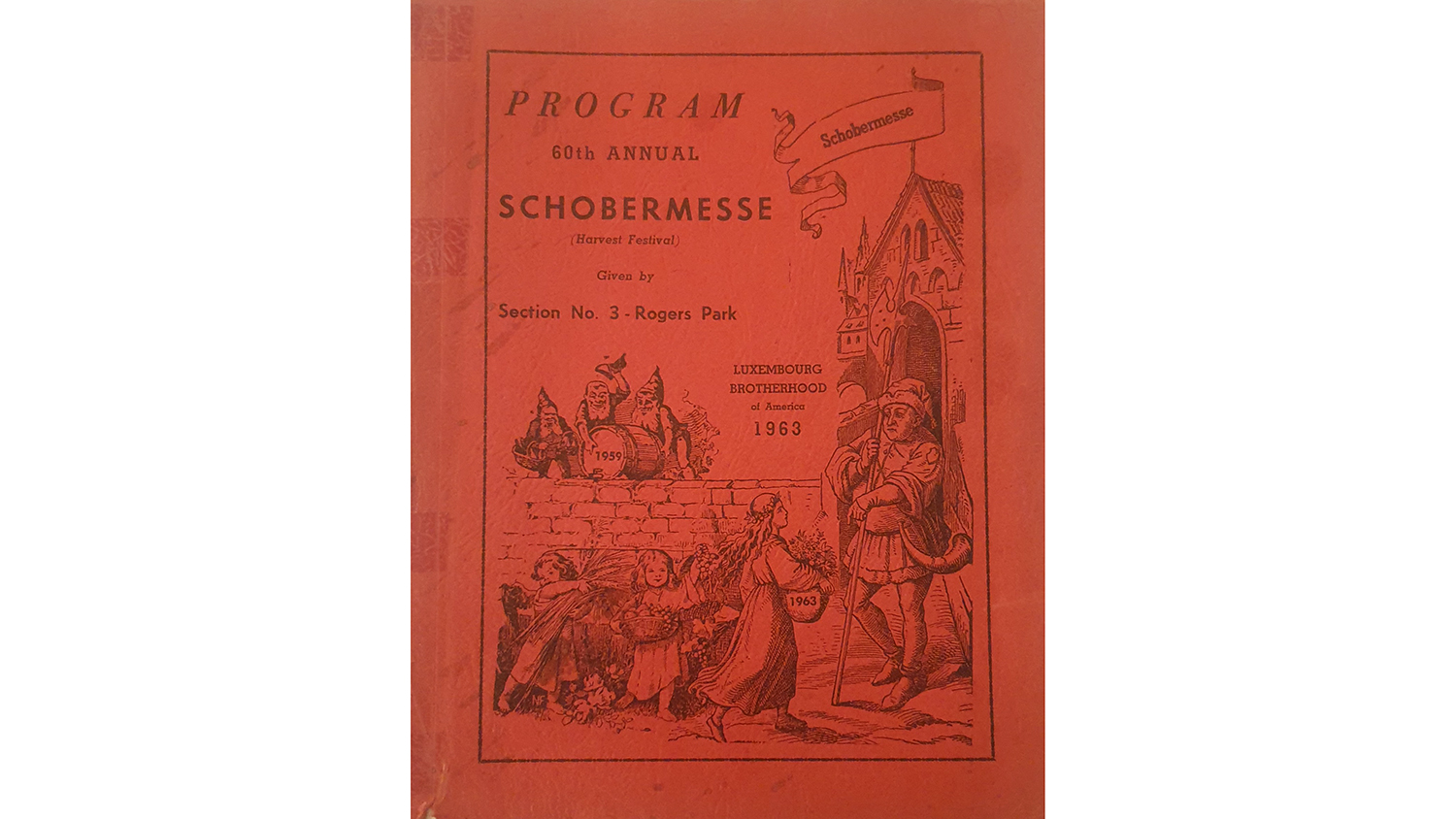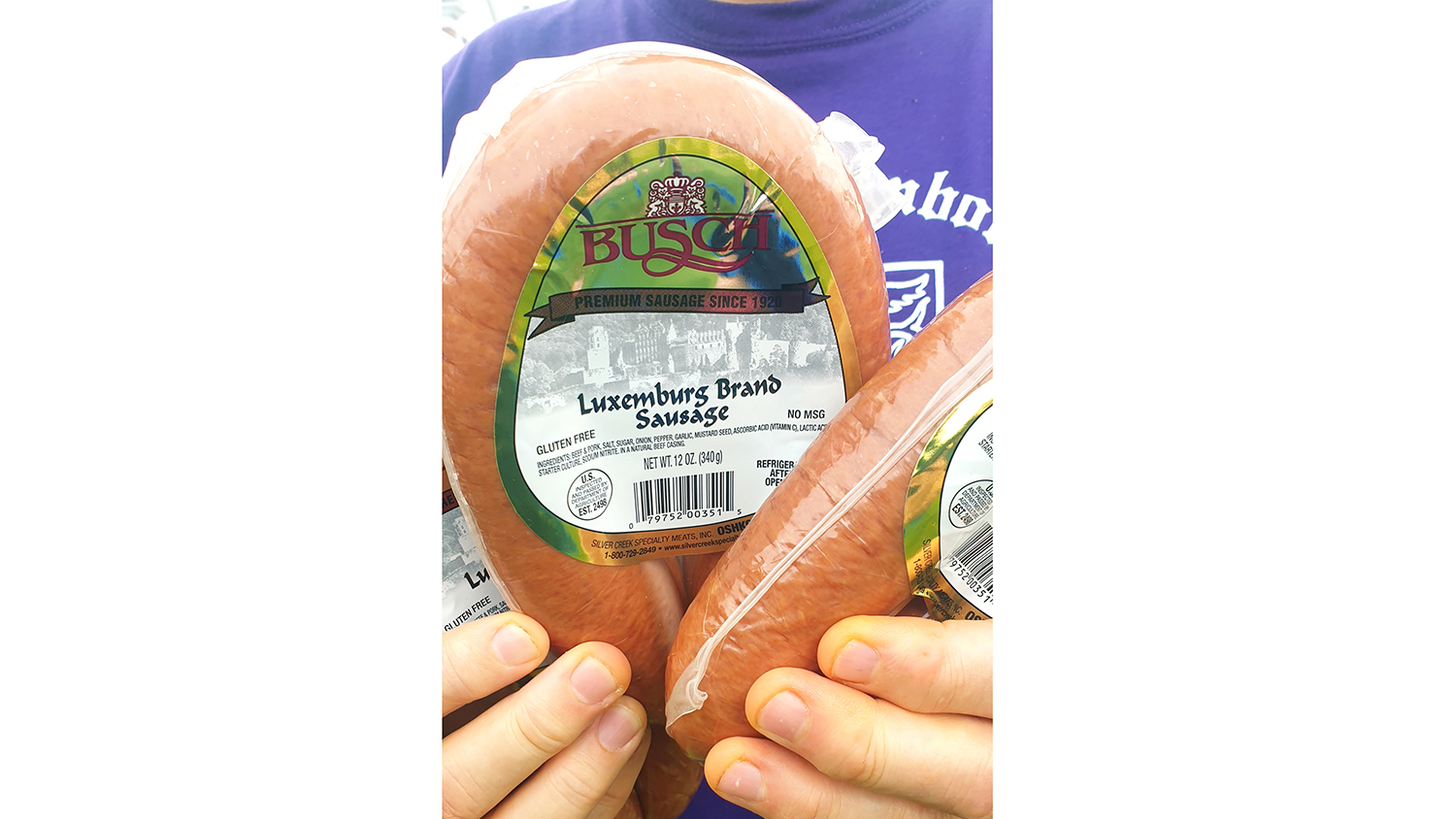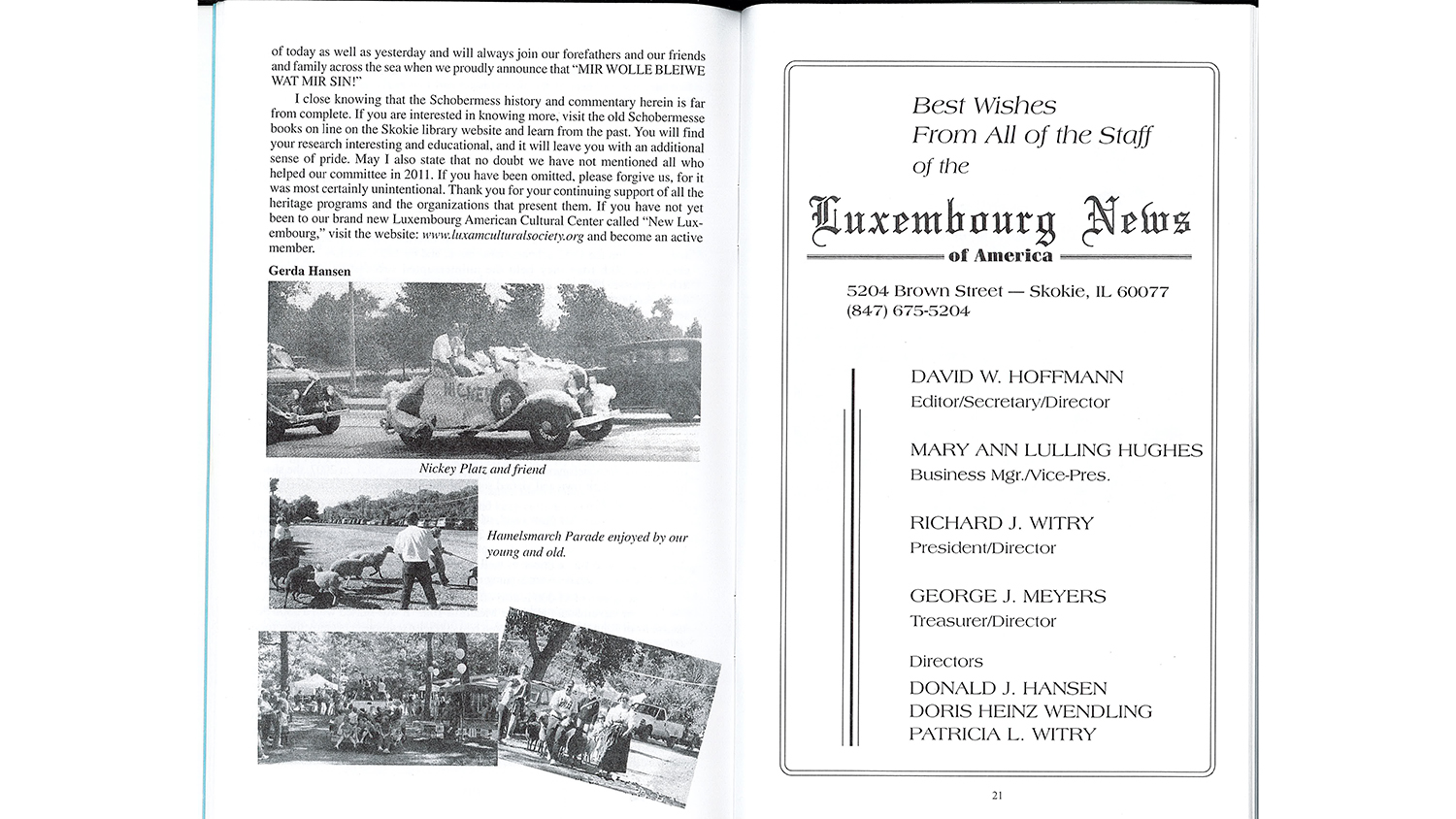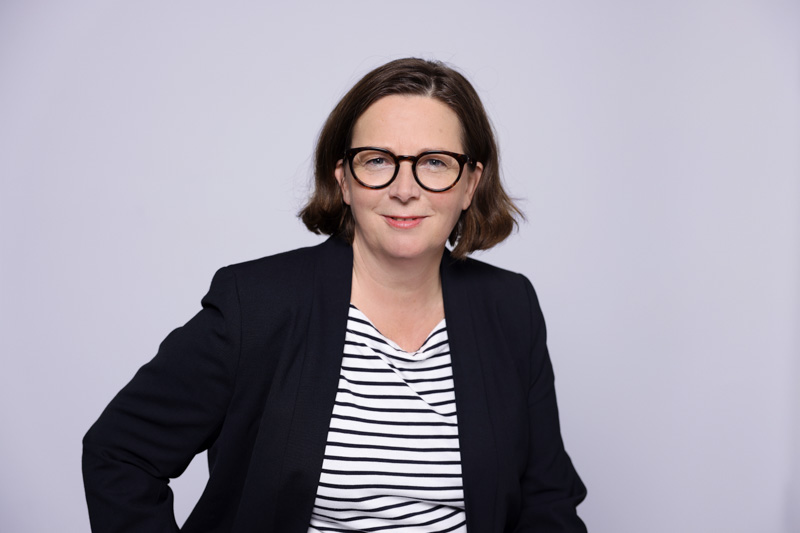Founded in 1340, the “Schueberfouer”, Luxembourg’s largest funfair, attracts every year visitors and goods from Luxembourg and abroad. Luxembourg emigrants in Chicago celebrate their own version of this fair as part of their heritage. Véronique Faber, doctoral researcher at the Luxembourg Centre for Contemporary and Digital History (C²DH), attended this year’s fair and explores the fascinating story of this unique event.
On August 23rd, the Luxembourg “Schueberfouer”, also known as the “Schobermesse”, opened its 682nd edition. Meanwhile, the Luxembourg Brotherhood of America marked its 87th “Schobermesse” celebration.
The Luxembourg Brotherhood of America, established in Chicago in 1887, is organised into several sections. In 1904, one of its Chicago sections wanted to boost membership during a time when interest in associations was declining by recreating the traditional Luxembourg fair. While today’s event is a lively picnic with raffles and music, it was a two-day fair featuring amusements, games, and both flower and agricultural exhibitions in its early days. The 1945 fair programme even celebrated it as “the banner festival of the Luxembourgers in the United States.”
Transatlantic transfers and cultural integration
Exploring how transatlantic transfers shaped the Chicago fair is part of a larger study on the intertwining of national, transregional, and transnational elements within Luxembourg’s popular fairground culture, using the “Schueberfouer” as a case study and on how this intertwining evolved between 1945 and 1975. The empirical case study is part of the “Popular Culture Transnational – Europe in the Long 1960s” project at the C2DH. The Chicago fair provides a unique opportunity to analyse cultural transfers and adaptation dynamics between Luxembourg and the USA.
To fully understand the transfers between a fair in Luxembourg and one in Chicago, it is essential to consider the broader migration context. Most Luxembourgers who migrated to Chicago did so between 1840 and 1890, mainly from the Moselle region and the western part of Luxembourg. These migrants, predominantly from farming backgrounds, settled in the northern areas of Chicago, where land was affordable. Initially involved in gardening and farming, Luxembourgers in Chicago became well-known for establishing greenhouses for vegetables and flowers.
The Luxembourgish community maintained close ties with German immigrants, with their children attending the same schools and adults participating in the same social activities. At the time of their emigration, Luxembourg was still in the process of becoming an independent state, and many emigrants listed “Luxembourg, Germany” as their country of origin on official documents. After World War I, the anti-German sentiment in the United States significantly affected immigrant communities, including the Luxembourgish one.
In response, many immigrant groups began to emphasise their distinct cultural identities to better assimilate and distance themselves from negative associations tied to their ethnic backgrounds. For Luxembourgers, this meant a greater focus on their own language, traditions, and cultural practices to preserve and celebrate their heritage.
From economic decision to national celebration
The origins of the Chicago Fair date back to 1904, when Peter Malget, President of Section 3, discussed the idea with Nic Karthauser, a German restaurant owner whose establishment was a popular meeting place for Luxembourgers. Karthauser, who had attended the “Schueberfouer” in Luxembourg, inspired Malget to organise a similar event in Chicago to attract more people. The cultural transfer analysis must therefore consider attractions from the late 19th-century fair in Luxembourg, including the strongman game “Hau den Lukas” and popular activities such as tree climbing and bowling – all attractions also found at the Chicago fair.
Elements imported from Luxembourg in the 19th century were later influenced by American popular culture of the 1960s. For instance, traditional Luxembourg foods like plum cake, were reinterpreted into American cultural practices, as evident in events like cake contests, reflecting a shift in both context and form. A detailed analysis of the different transfers and their adaptations will be discussed in the forthcoming thesis. At this preliminary stage, it may be concluded, that popular culture underwent considerable transformation during the “long 1960s.”
Mass culture: enabler and disrupter
In the 1960s, mass culture presented a contrasting alternative to ethnic popular culture, influencing the ways in which individuals constructed their identities. While mass culture in the 19th and early 20th centuries served to reinvigorate ethnic celebrations, it subsequently became the dominant force, capturing the attention of the successive generations of immigrants. By 1963, the Chicago fair was primarily used for family reunions, taking advantage of the spacious “Luxembourg Gardens,” which accommodated large gatherings that could not be hosted in private homes. However, with the increase of mobility and the dispersal of family members, in addition to the closure of the Gardens, people were seeking alternative venues for social interaction. The last “Schobermesse” was held in 1967 due to a lack of volunteers and suitable locations. This change is regarded as the most significant trend in the 1960s, with a resurgence of interest in cultural practices emerging only later. The “Schobermesse” was revived in 2001 to celebrate Luxembourg heritage and reconnect with families of Luxembourg descent.
